Most days of the year, Gibbs Street in Rochester’s East End is a quiet side street you’d drive by without taking much notice. Though for 9 days in late June, it gets renamed Jazz Street and the surrounding area becomes a vast musical hullabaloo. Big tents are erected, rock clubs become jazz clubs, and churches morph into ornate high-ceilinged music venues. Food vendors come by truck, tent and cart. Police blockade traffic while happily allowing open alcohol containers in the streets. A tale of such excitement would hardly be believed, had it not occurred every year for the past eighteen years. This was the Xerox Rochester International Jazz Festival’s 18th season, and this is what we saw.
We saw over 40 different artists in 16 different venues. The music was inescapable. Whether blasting from the Jazz Street Stage, the Chestnut Street Stage, the Fusion Stage, the outdoor speakers at the Big Tent, or from the multitude of quality musicians busking on every corner of every street, even passing between Club Pass venues was filled with sweet sounds.
True to the Fest’s mantra, we saw artists we knew and we saw artists we didn’t.
We saw familiar festival alumni return in a not-so familiar way.
Norwegian piano trio, In the Country, made their third visit to the festival this year. Though this time they backed singer Solveig Slettahjell and guitarist Knut Reiersrud in a group called Trail of Souls. They opened and closed with Norwegian folk songs and in between sandwiched an invigorating set of American gospel, folk, blues and rock. Reiersrud’s guitar was angular, jarring, beautiful and fluid while Slettahjell’s voice fell somewhere between Cesaria Evora and Nina Simone. Her hands extended out, fingers hitting invisible keys in the air, playing her vocal chords like a piano. Highlights include a piano and voice duet on the traditional “Motherless Child,” a flourishing spacey take on Peter Gabriel’s “Mercy Street,” and a stunning slow building “Nobody’s Fault But Mine.”
Cuba’s Alfredo Rodriguez and Pedrito Martinez have both played the festival as leaders of their own bands. This year they returned together as a duo, a mini-Cuban supergroup. The two played from an album they just recorded and will be out early next year. Rodriguez’s head rolled on a swivel as he engaged in entrancing and hypnotic piano solos. Martinez had a full palette of congas to make his percussion sing. Both also sang, eventually involving the audience in singing the chorus to a traditional Cuban song.

Adventurous piano trio The Bad Plus returned to the festival after a ten year absence. This year the band experienced their first lineup change, replacing founding pianist Ethan Iverson with Orrin Evans. The Bad Plus has always been the sum total of the musician’s personalities. Iverson was fairly rigid and controlled with a heavy classical influence. Evans brings in a looser more free-wheeling attitude. The music then was more fluid, the band took more improvisational risks, and even delved into a more traditional swinging jazz sound at times. The band hit on a few classics like “Big Eater” and “Anthem for the Earnest” but really focused most of their attention on their new material like the manic “Safe Passage” and the aired out beauty of “People Like You.”
We saw yet another church turn into a temple of jazz worship.
Joining the Christ Church and Lutheran Church, the newly renovated Temple Theater, or Grace Road Church, became the latest venue on the Club Pass series. Plentiful comfortable seats, great sight lines, beautiful stained glass and pristine sound made it one of the best venues and just another reason to praise jazz-us!
We saw a trumpet player sing and a singer play trumpet.
Nicholas Payton returned to the festival for the third time. On his last visit in 2016 he played trumpet and keys simultaneously, but the set was cut short by a fire alarm. This year he added a keys player to make a quartet. It would be too easy for him to stick to just the trumpet, so he added singing to his repertoire, taking the vocals on his ‘derangement’ of “How Deep is the Ocean” and for a piece based on an essay by Max Roach called “Jazz is a Four Letter Word.” He even had the Kilbourn Hall audience rapping along by the end of that one.
The aptly named vocalist, Jazzmeia Horn, on the other hand, turned her voice into an instrument. Her classic interpretation of jazz standards got turned on their head once she started scatting. Impossible sounds emerged from her mouth as she pushed the human voice to exciting new realms. It’s possible the best trumpet player we saw at the festival didn’t even play the trumpet!

We saw younger jazzmen turn the acoustic, electric.
It isn’t so much that Moon Hooch is a trio consisting of two saxophones and a drummer. It’s how each is played. Saxophones of all kinds, bass, electronic and everything in between, were run through ample effects to create sounds previously alien to jazz and the world in general. With a ruleless and ruthless onslaught of massive noise the band had the crowd shaking their bones voluntarily or otherwise. The band didn’t so much as stop to breath for their full hour set in the Big Tent, leaving absolutely no room for woulds or coulds. Shirtless ten minutes in, drummer James Muschler held the dance party together with EDM-ready beats and his own bout with a soprano sax and even some off-kilter bangs on a baby grand.

U.K.’s Gogo Penguin are a more traditional trio, with piano, bass and drums. Though more subtle with the electronics, they still packed a punch. Chris Illingworth had the piano wired in such a way that he could play acoustic and electric sounds simultaneously. Nick Blacka had his double-bass running through an array of pedals befitting a rock band. Drummer Rob Turner appeared to be fully acoustic though his beats veered into electronic music territory. The energy driving the music ebbed and flowed, with more swells than breaks and an incredibly big sound from three men.

We saw artists from islands to the west, and islands to the east.
Hawaii’s Ron Artis II, shaped guitar sounds from his axe like molding putty in his hands, effortlessly throwing short bits of brilliance this way and that. His trio, The Truth, rode with him every step of the way as he conquered blues, funk and soul, sometimes all at once, in a set that wowed an ever-growing crowd inside the Big Tent venue.

Through the Made in the U.K. series held at the Christ Church there was plenty of great music from across the pond. One of our favorites were Beats n’ Pieces Big Band, who sported a 9-piece horn section as part of a 14-man ensemble that made them the largest band to ever play the venue. It’s songs often ended in explosions of chaos, sounds bouncing every which way around the cavernous hall.
We also loved young vocalist Zara McFarlane, who injected more traditional jazz with 70s soul grooves and reggae, reaching into her Jamaican heritage. Though she was the leader, the band wasn’t reserved for backing duties, the music was much more of an equal parts affair, giving everyone plenty of space to shine.
We saw some pretty unusual jazz instruments.
Brooklyn trio House of Waters shined a spotlight on the nearly-forgotten hammered dulcimer. In a stunning set at Max of Eastman Place, Max ZT played a hammered dulcimer that he built himself, in pieces ranging from funky to rocking to hypnotic. Moto Fukushima played the bass as a lead instrument, eliciting a sound reminiscent of Victor Wooten keeping the music in constant movement.
Mwenso and the Shakes brought a completely unique twist to vocal jazz, breaking up normal song patterns into chunks, stretching here, punctuating there. Upping the ante on the unusual, the 8-piece band included a tap dancer. One song consisted of a mostly (or completely?) improvised tap dance and guitar duet that was simply incredible and incomparable.
We saw fed up citizens use their talent as a platform for protest.
While it isn’t unprecedented for the artists at the jazz fest to get political, this year’s voices of protest were much more prominent and prevalent. Indeed there was an entire set dedicated to speaking out. Drummer Ulysses Owens Jr. presented his Songs of Freedom, featuring singers Alicia Olatuja and Theo Bleckmann interpreting the music of Joni Mitchell, Nina Simone and Abbey Lincoln. Songs written decades ago remain relevant today. Olatuja opened the set with a gorgeous take on “Both Sides Now” and finished it with an “Everything Must Change” that had some in the audience in tears. Bleckman put his spin on the all-too timely “Borderline” using filters and loops to stunning effect. He also had his voice sounding like an organ in a set highlight performance of “There’s a Balm in Gilead.”
Singer Deva Mahal‘s band came out dressed in white to show solidarity with those marching to protest families being ripped apart at the country’s border. In a set spanning pop, funk, rock and soul, she also exhibited some gospel influence, singing “Everyone deserves to be free / I would stand for you would you stand for me?”
Jazzmeia Horn used “Willow Weep For Me” to opine on the state of race in the country, singing about police brutality, private prisons and more.
Matt Wilson‘s Honey and Salt played from his latest project, putting music to Carl Sandberg poems. The set oozed with pure joy; musicians joking, laughing and smiling, music bouncing and bright. Fun as it was, it wasn’t without a serious note. Introducing the song “Choose” to close out the set, Wilson noted that while it was always relevant, it was even more so in the past 500 days. “The single clenched fist lifted and ready / Or the open asking hand held out and waiting / Choose: For we meet by one or the other.” The music resembled a march, and after the band’s final bows, they marched off stage chanting the words.
Honey and Salt closed out the programming at the Kilbourn Stage. As such, a line from another of the poems they played seemed quite relevant as well. “To know silence perfectly, is to know music.” After nine magical days, Jazz Street would be silent again.
For this is a festival that no one can beat!
And to think that we saw it on Jazz Street!


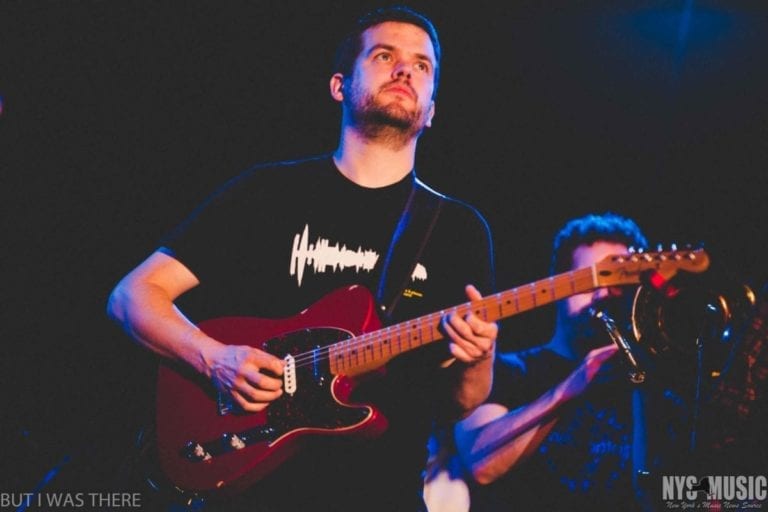
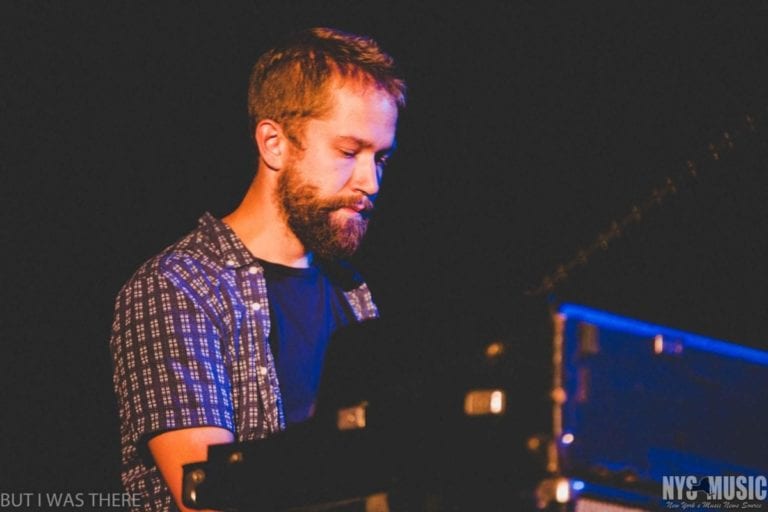
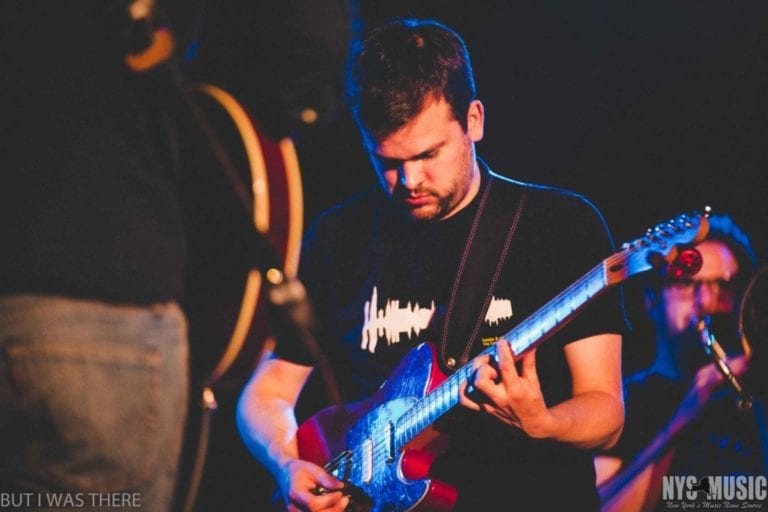

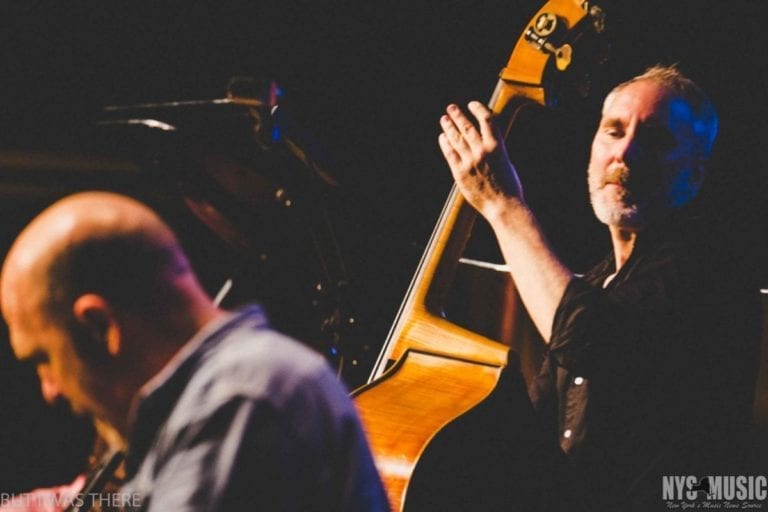
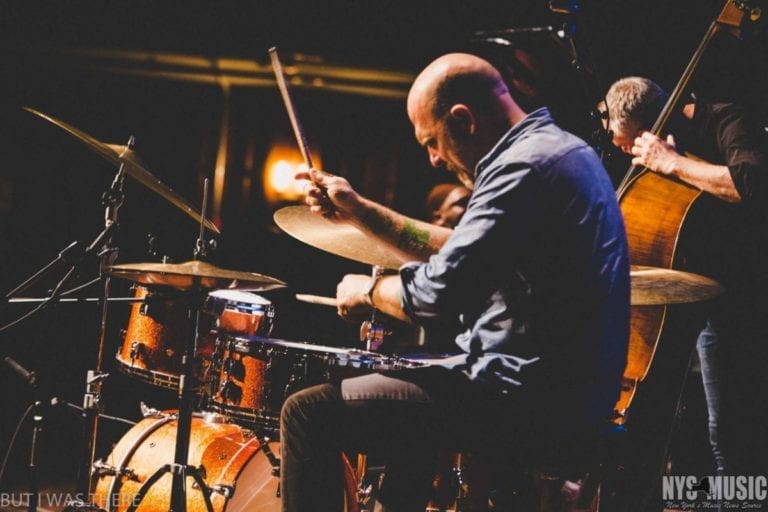
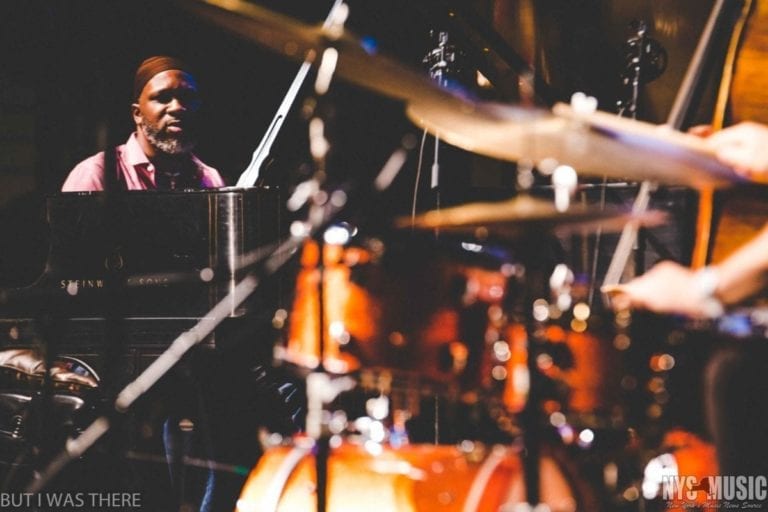
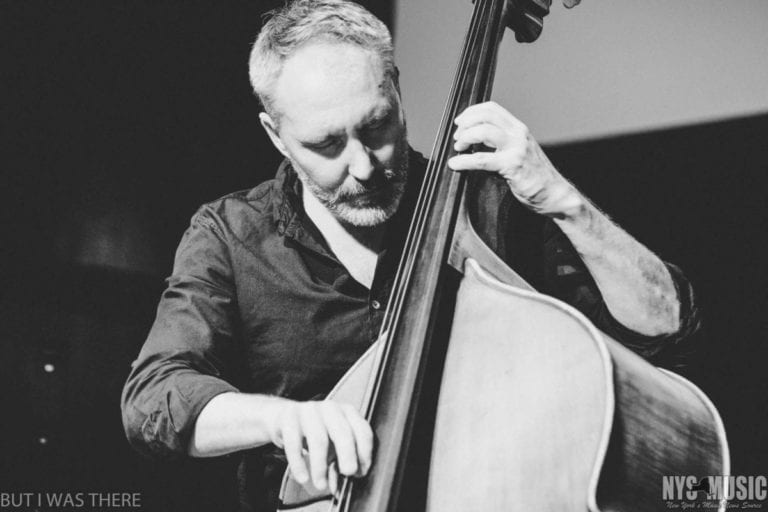


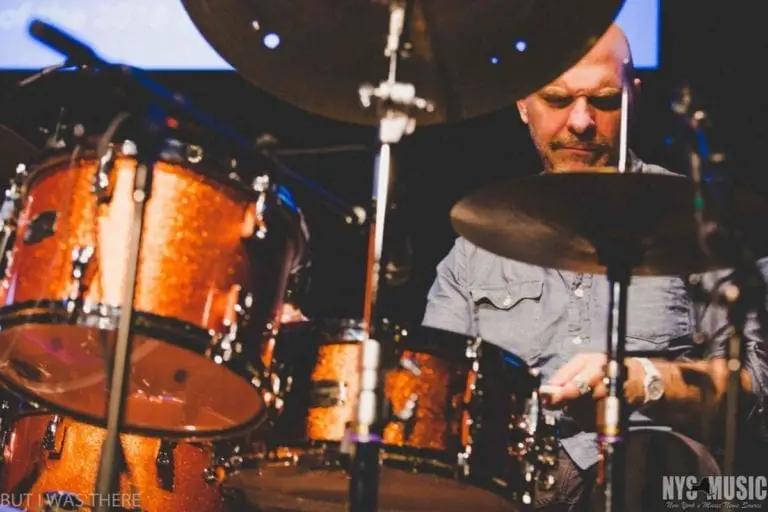

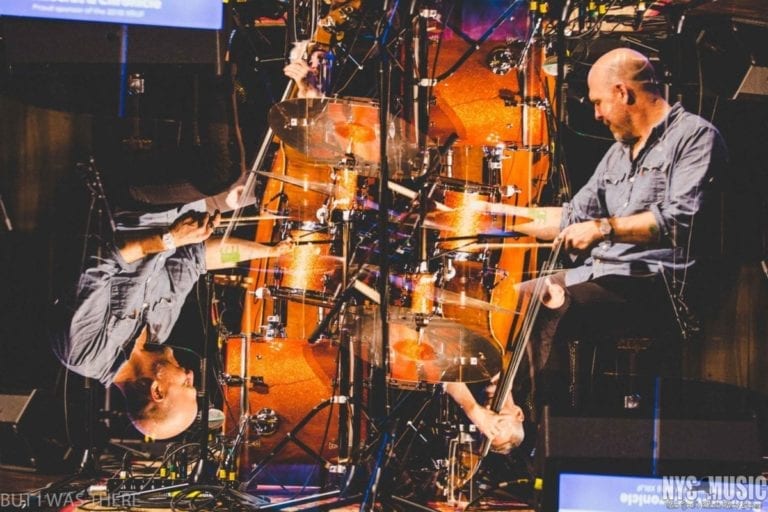
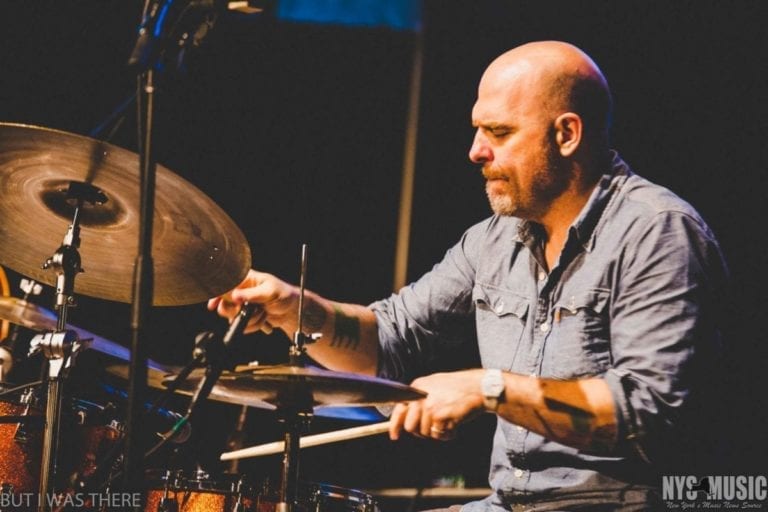
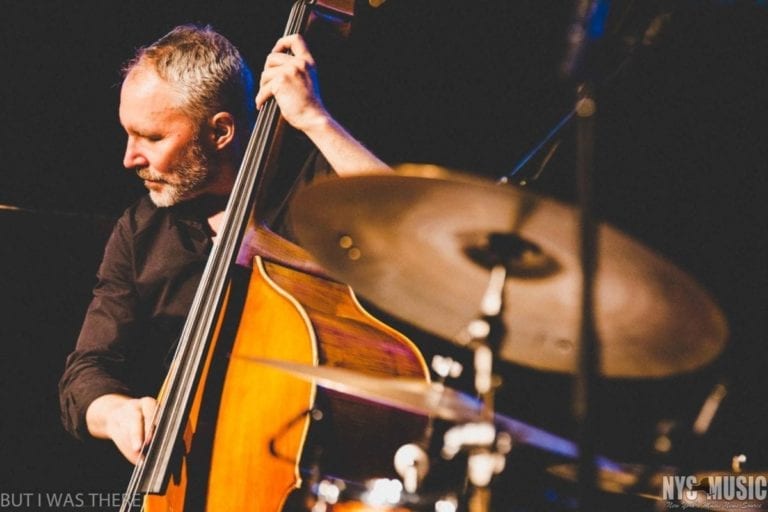
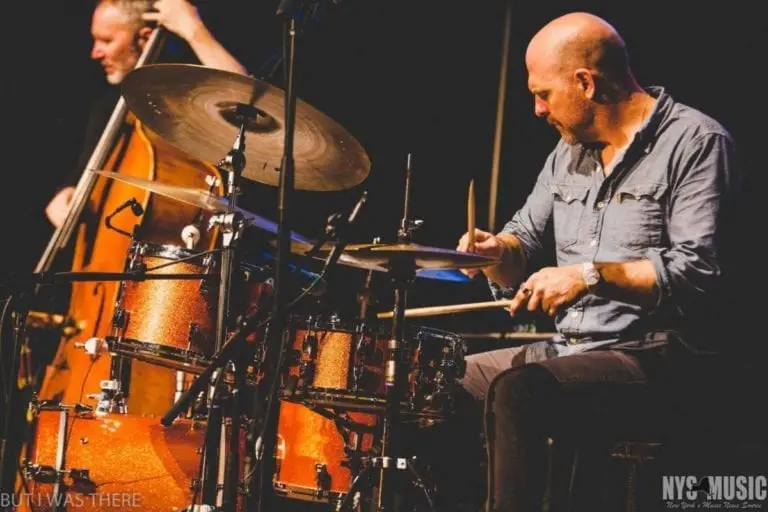
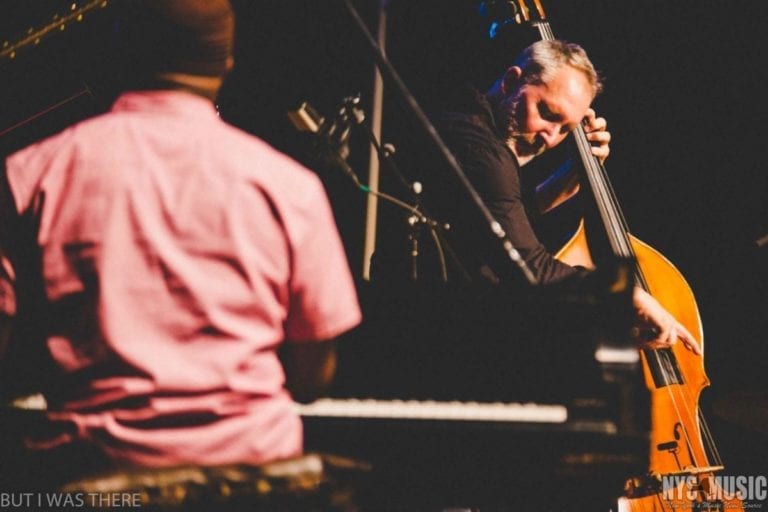
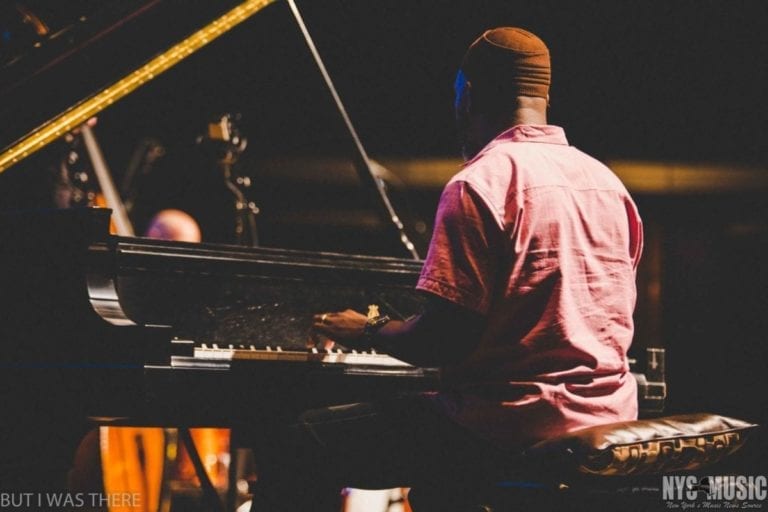
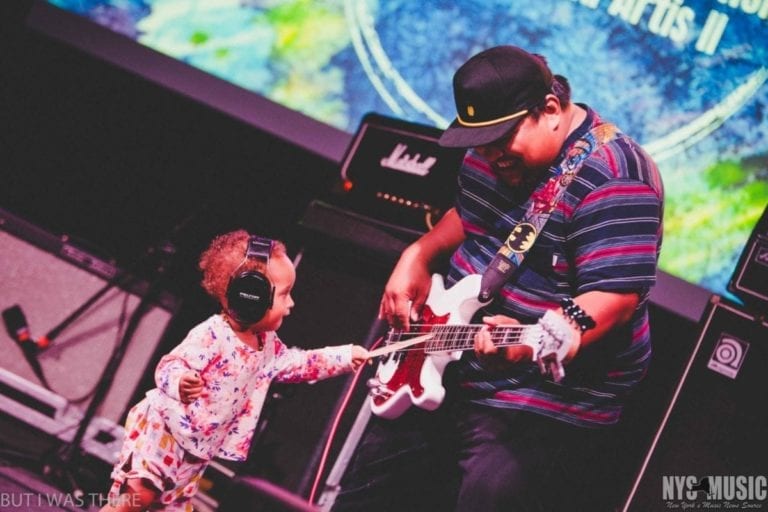
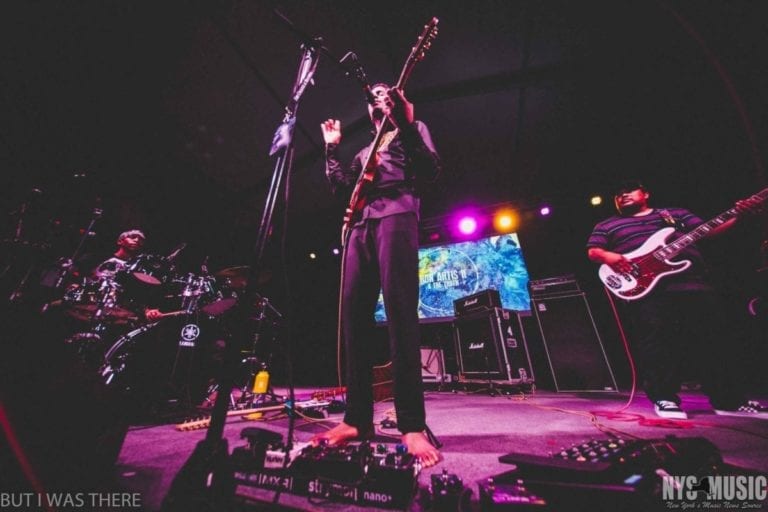

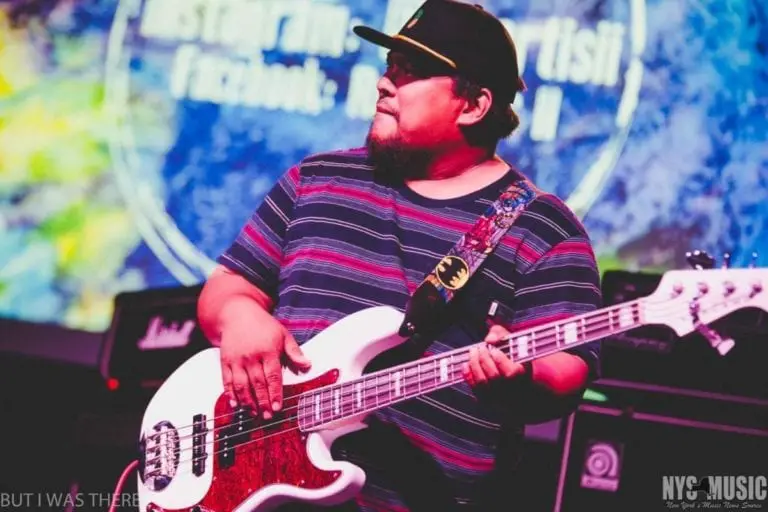
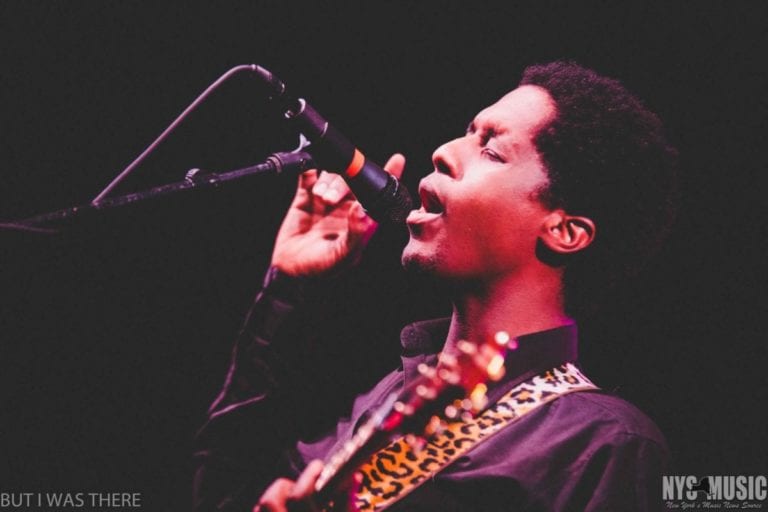
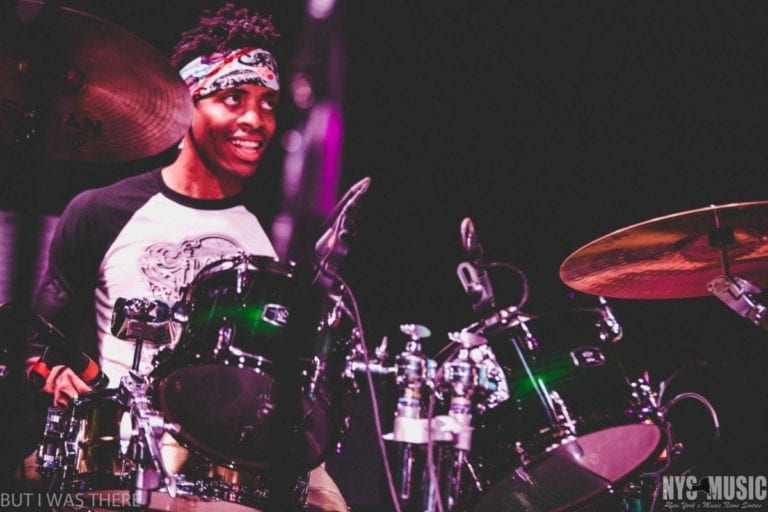
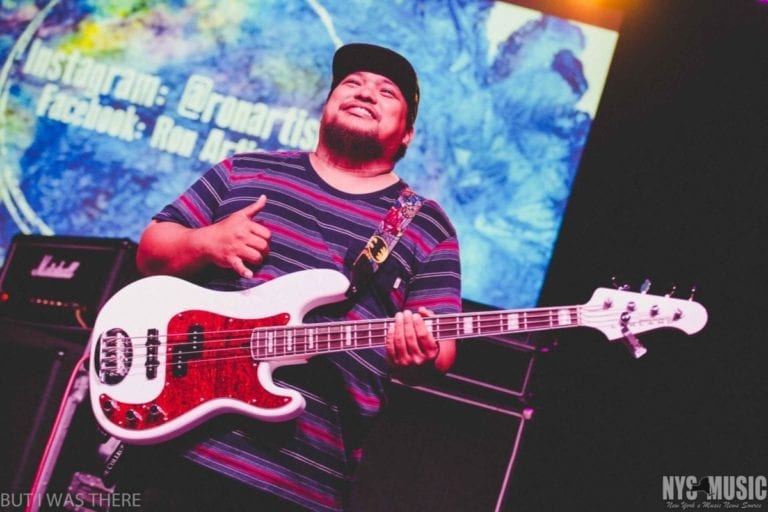
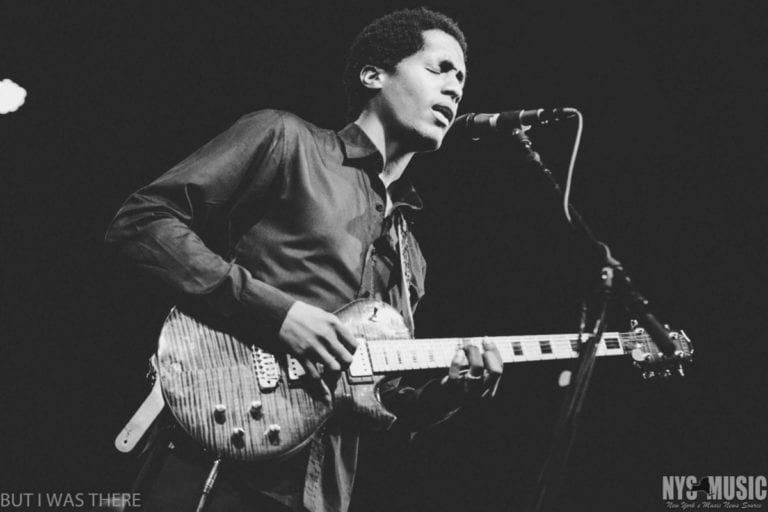
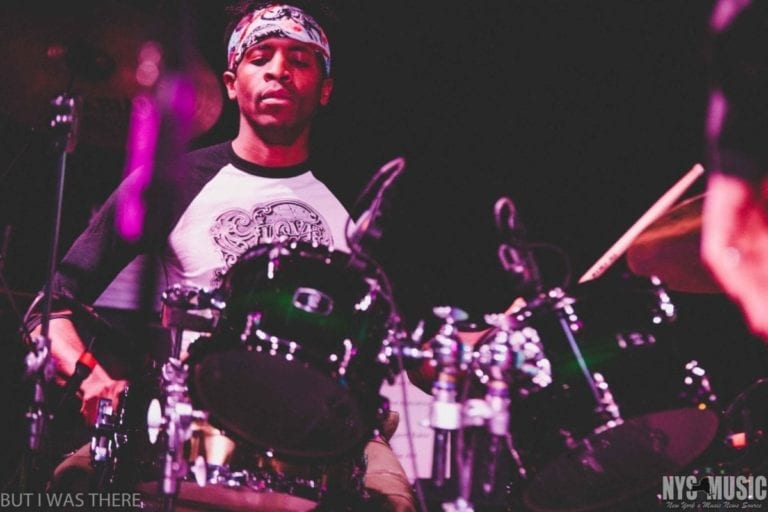
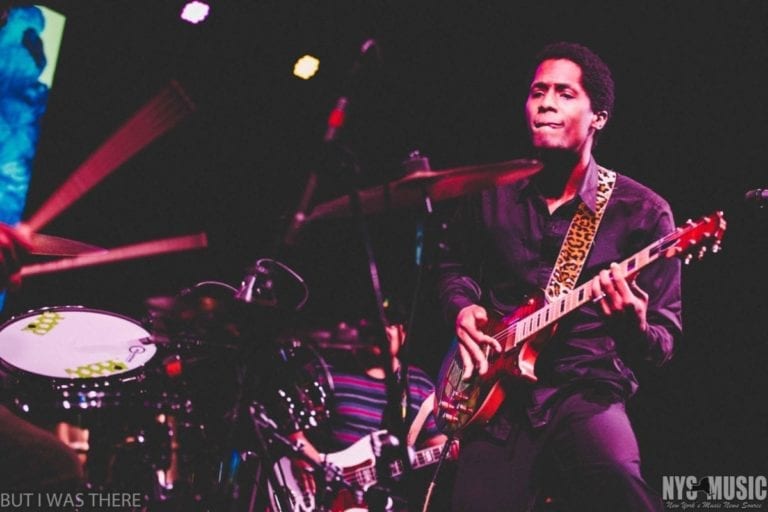
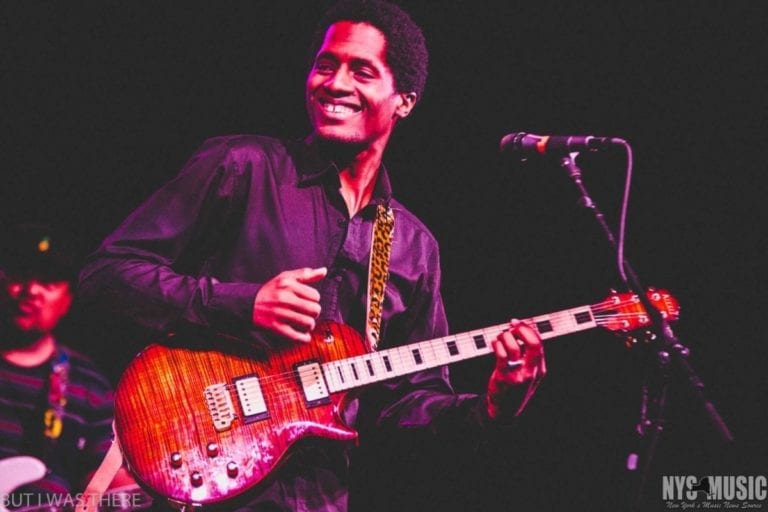
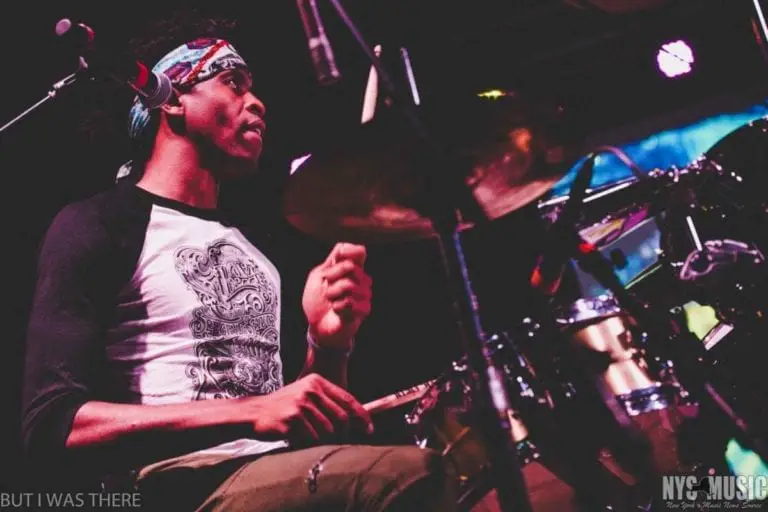
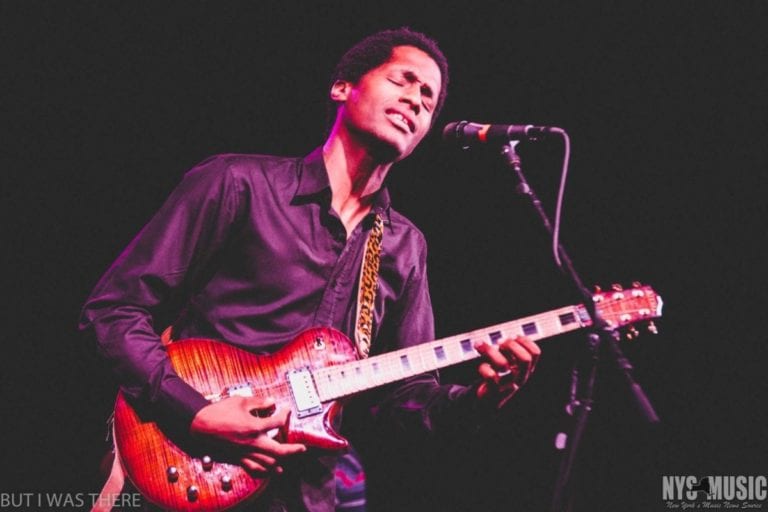
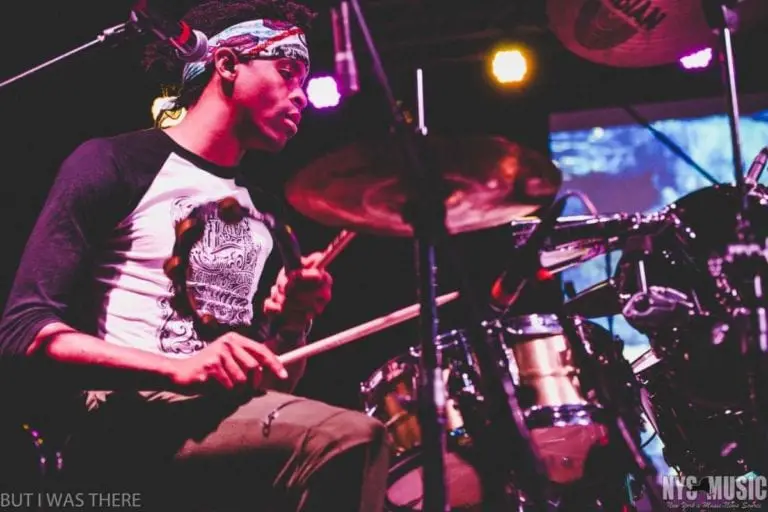
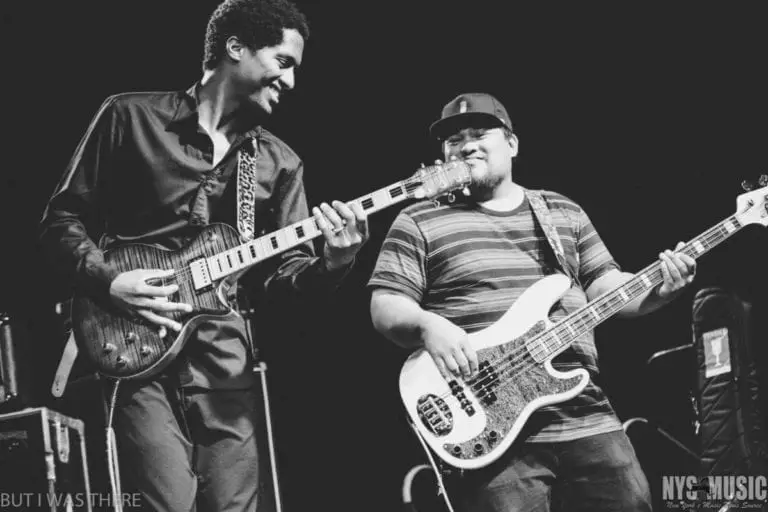
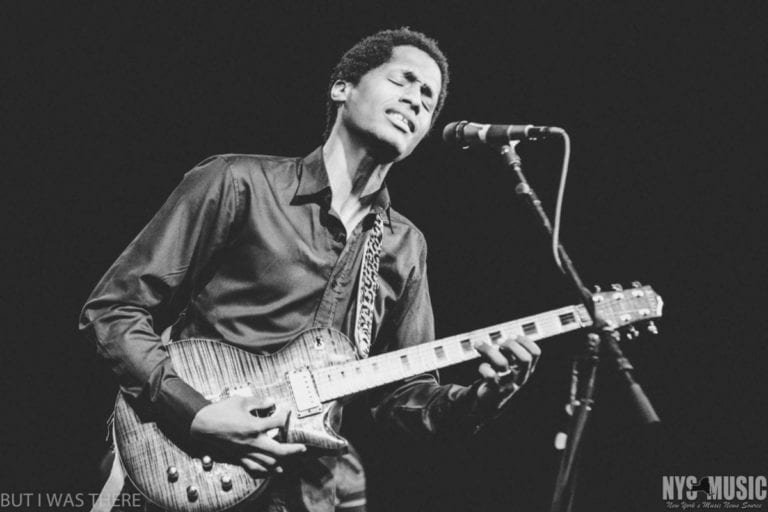

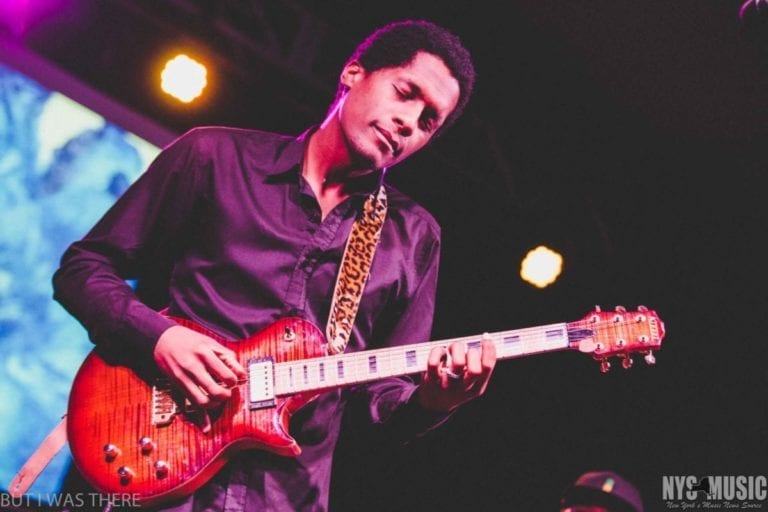
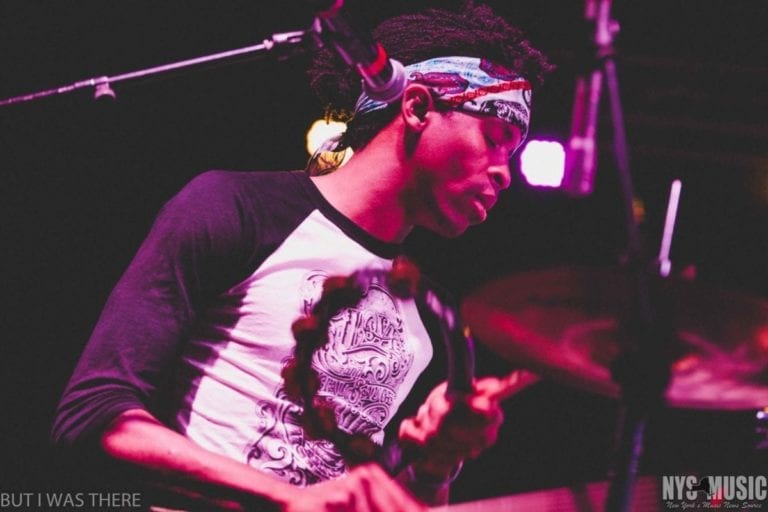
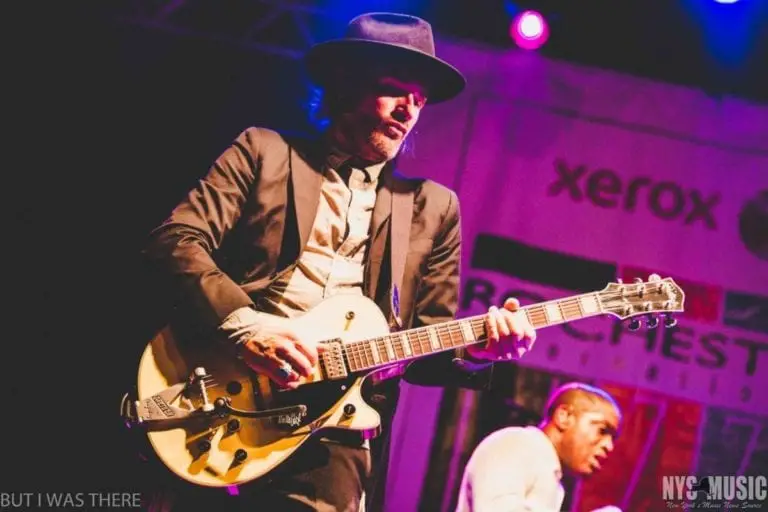




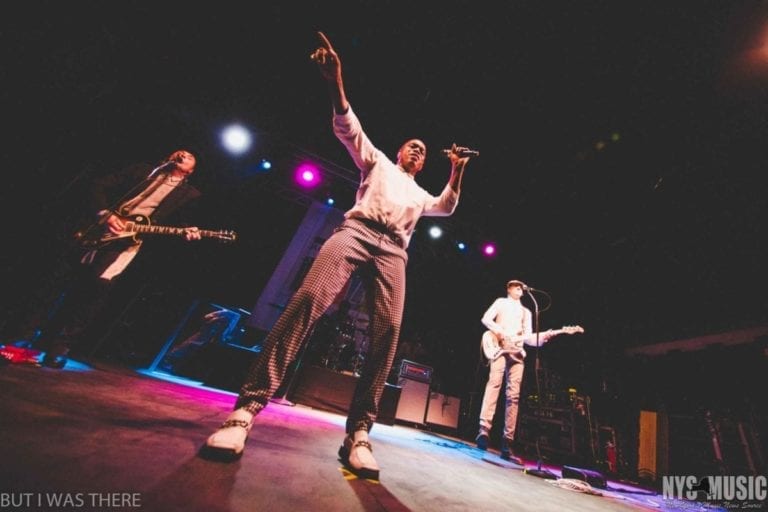
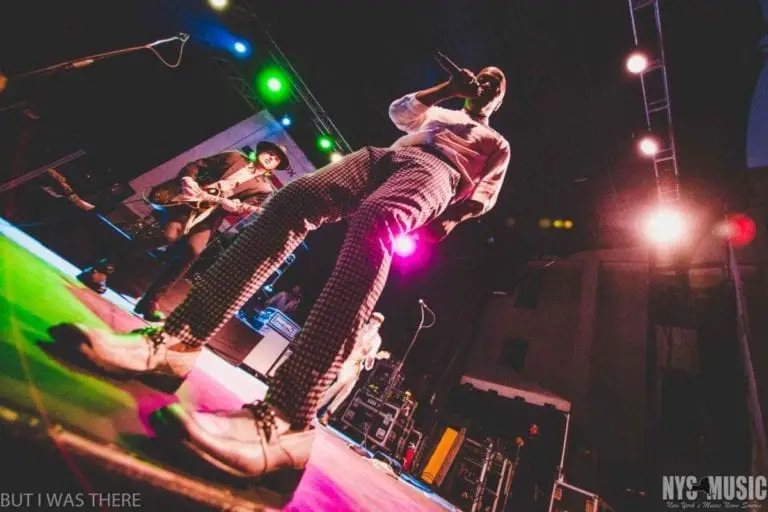
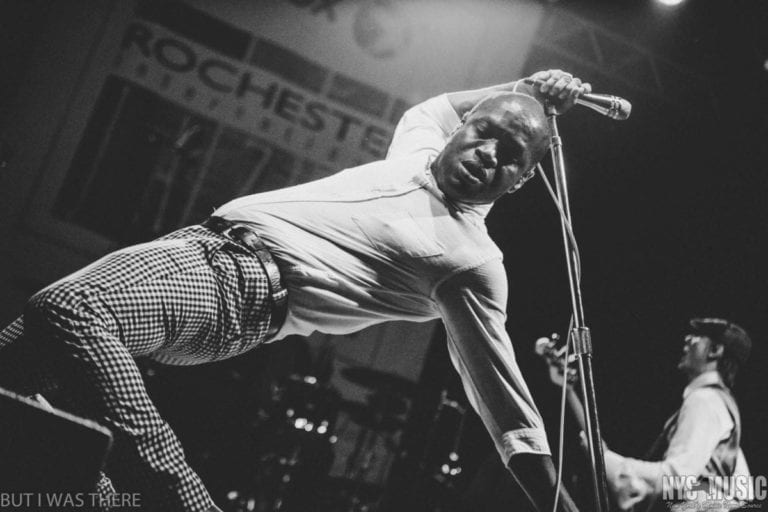

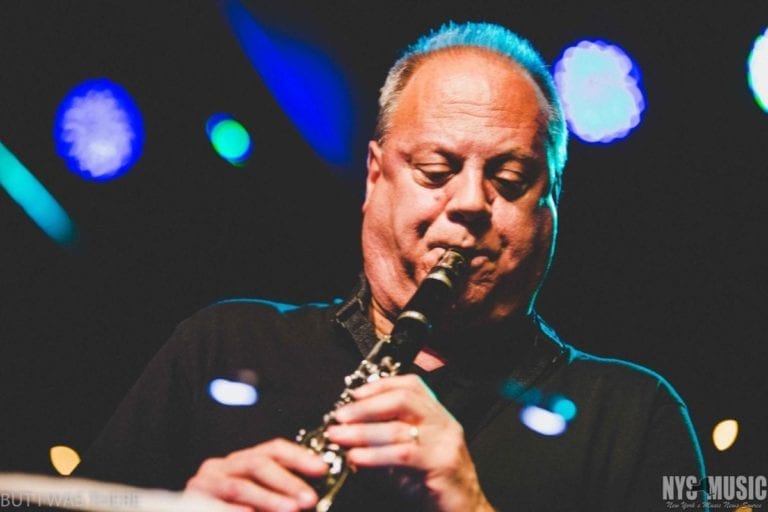

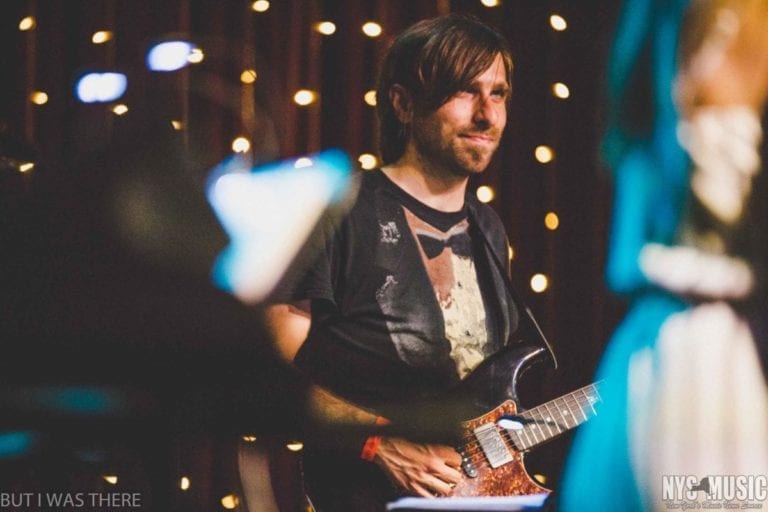

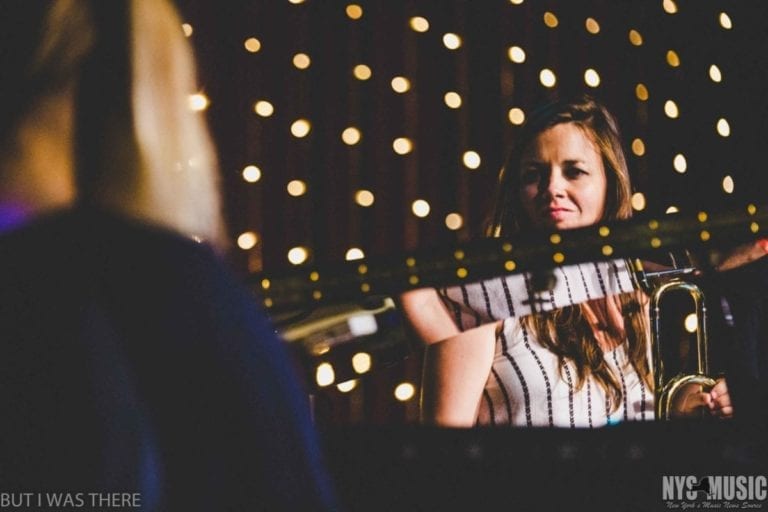
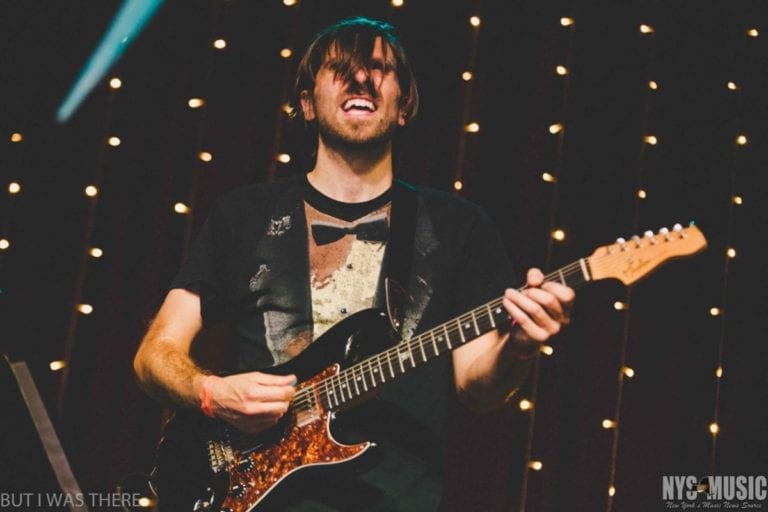
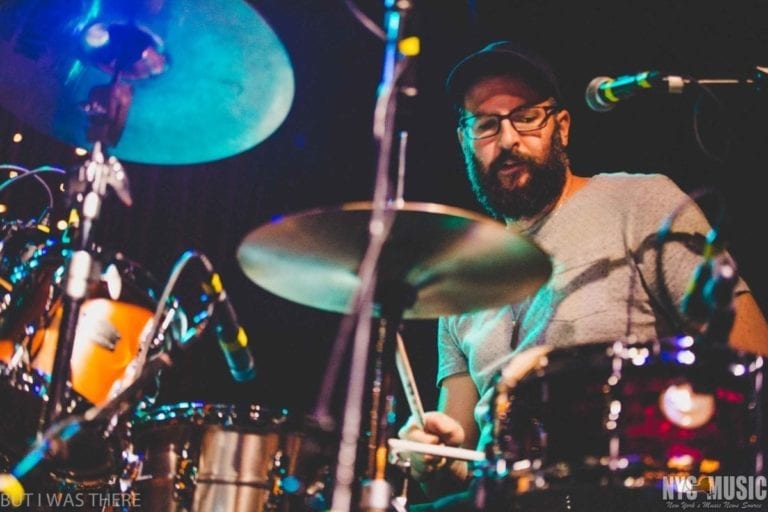
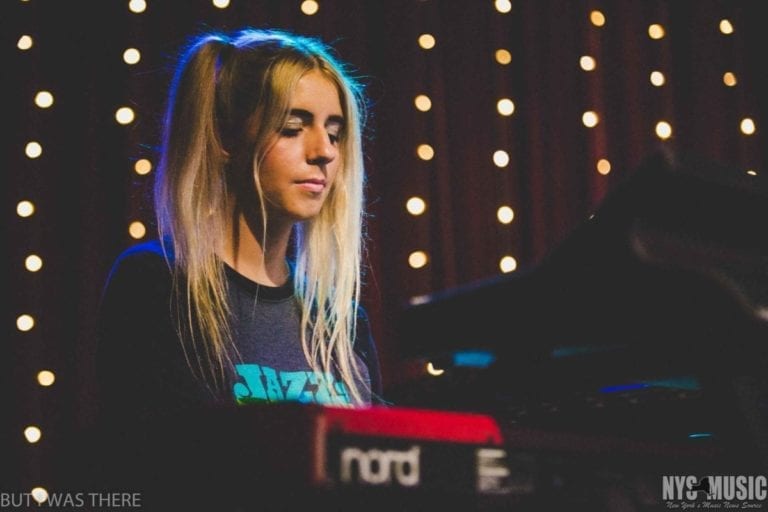
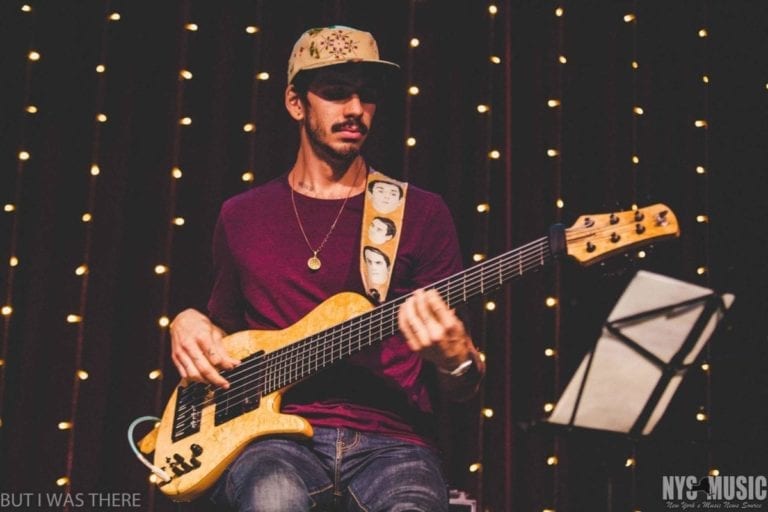

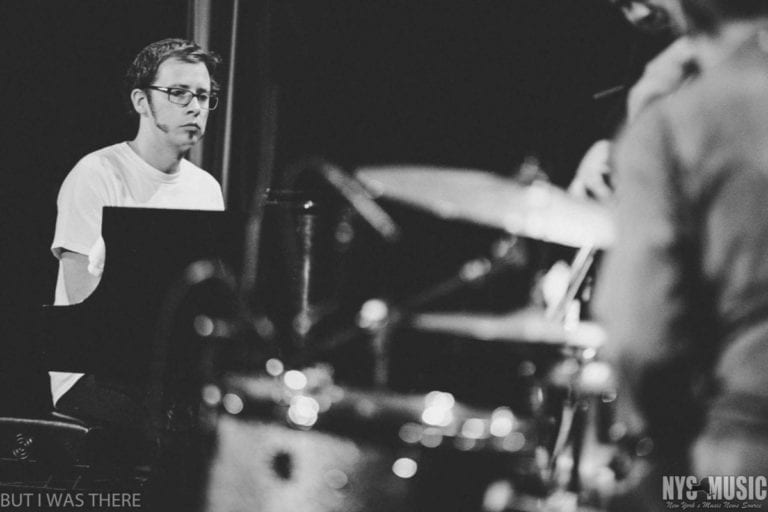

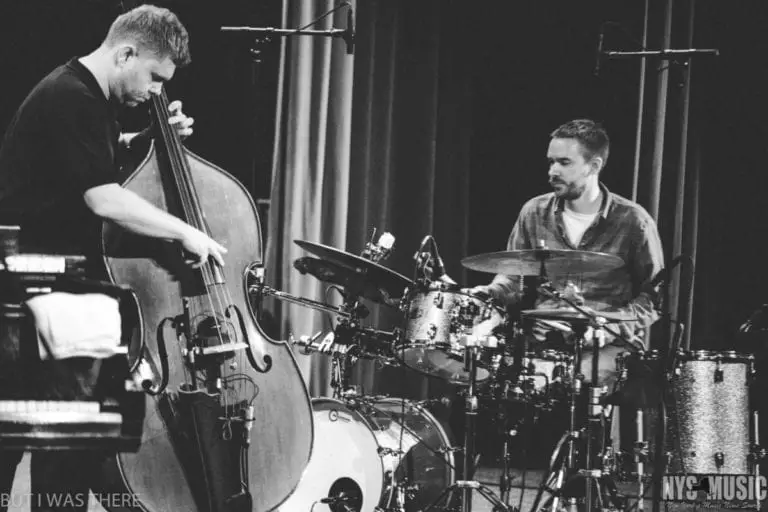

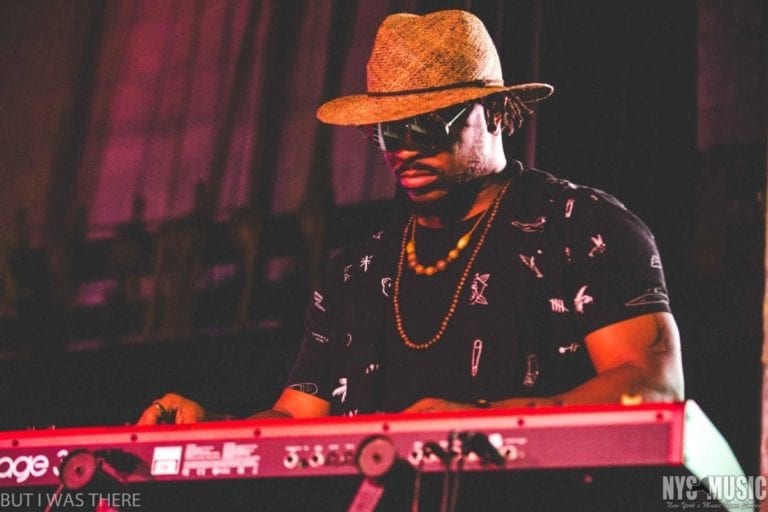
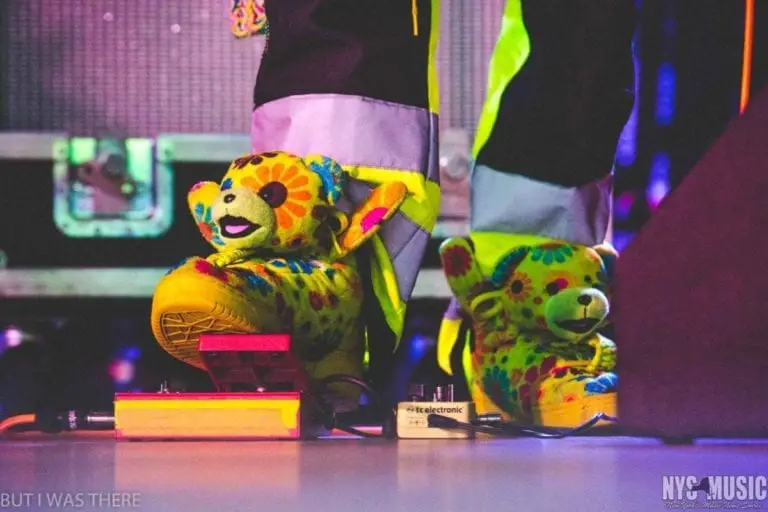
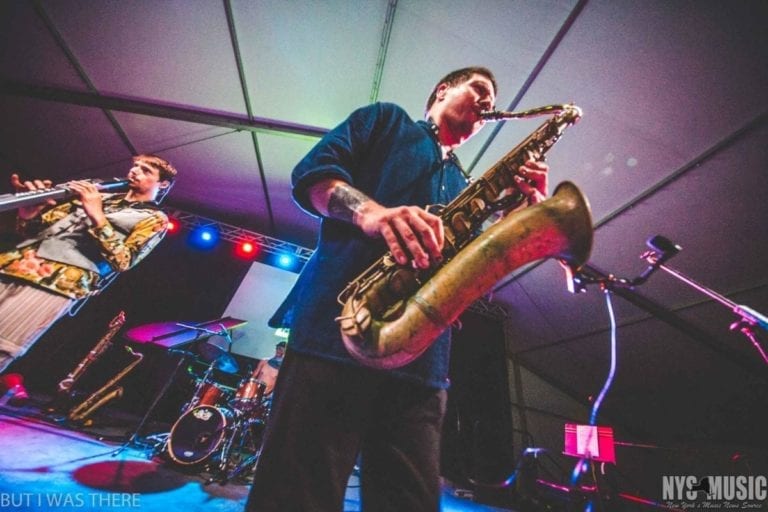
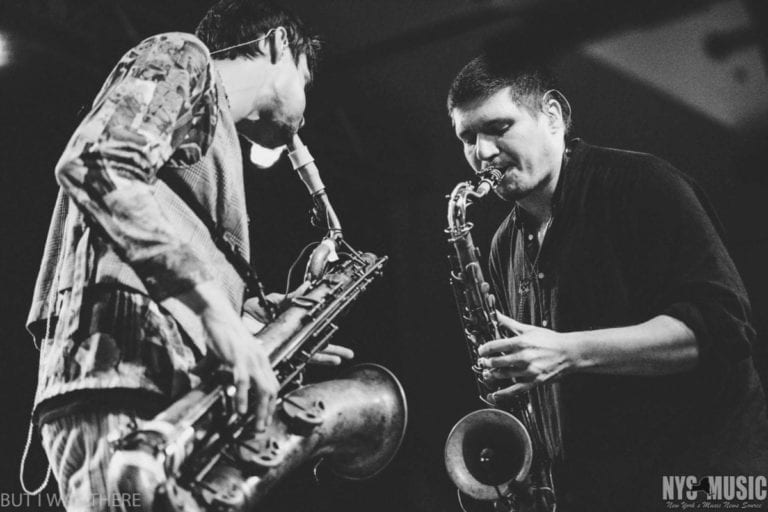
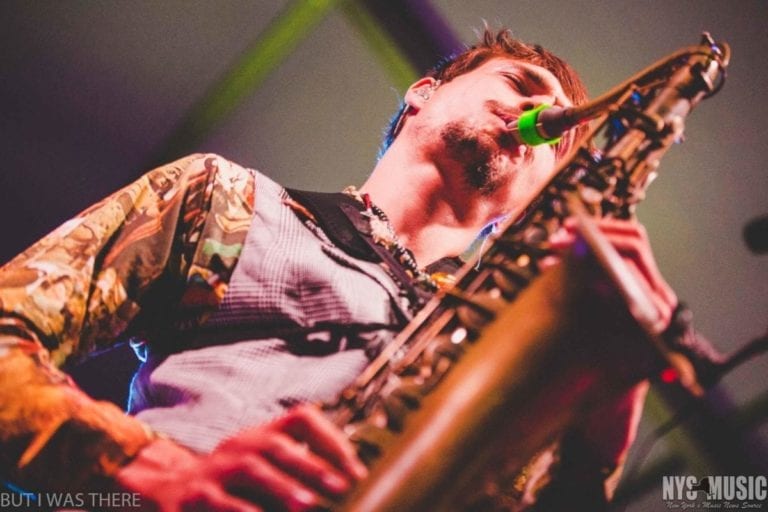
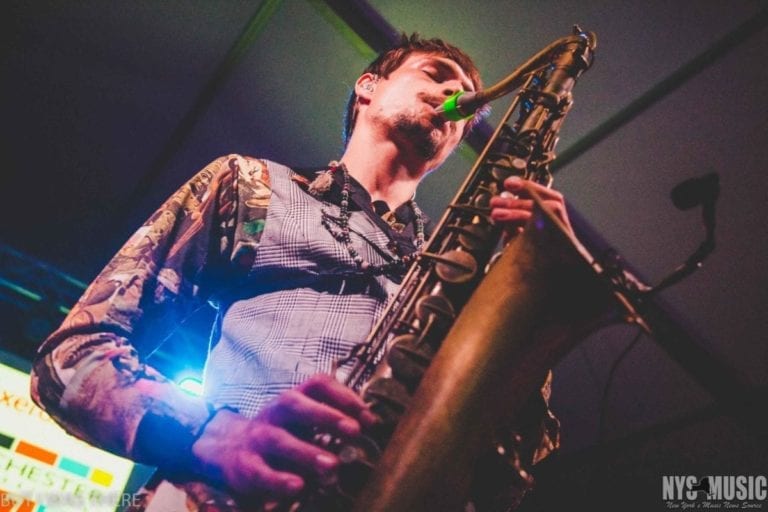
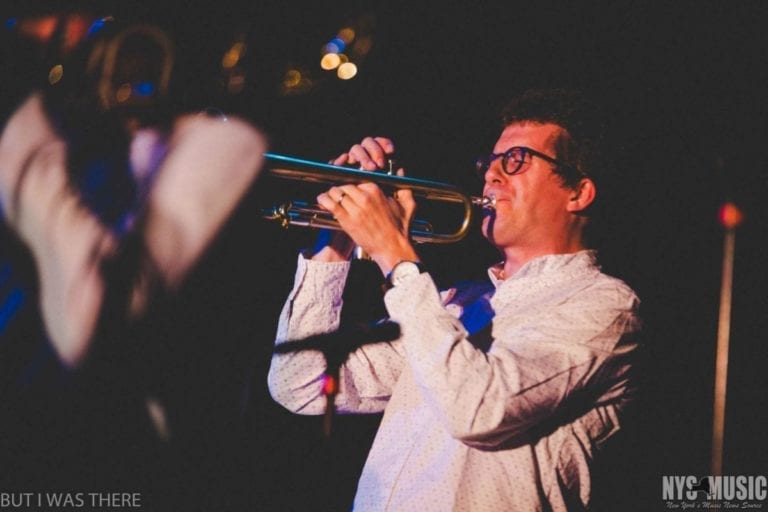
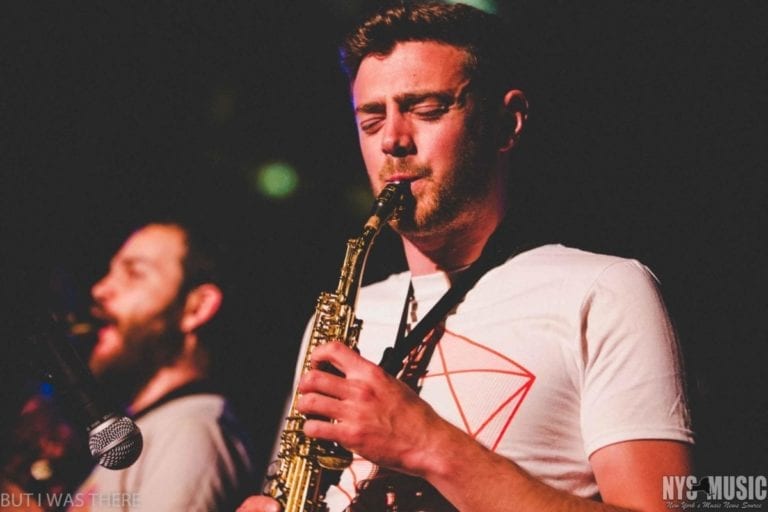
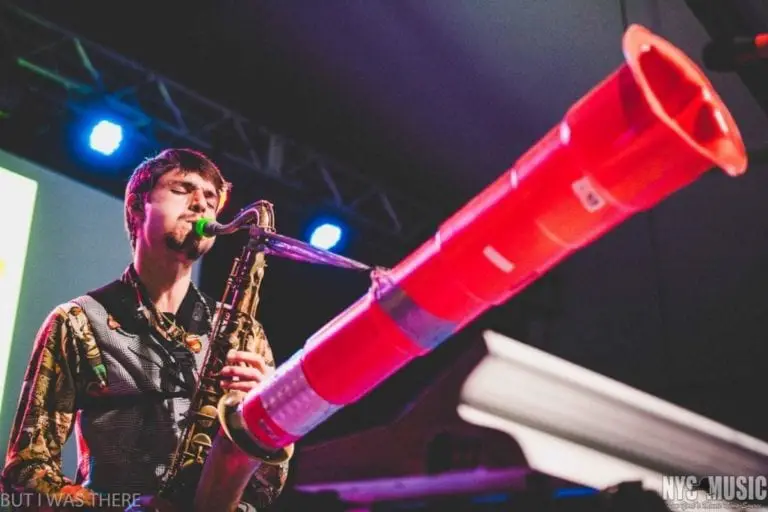
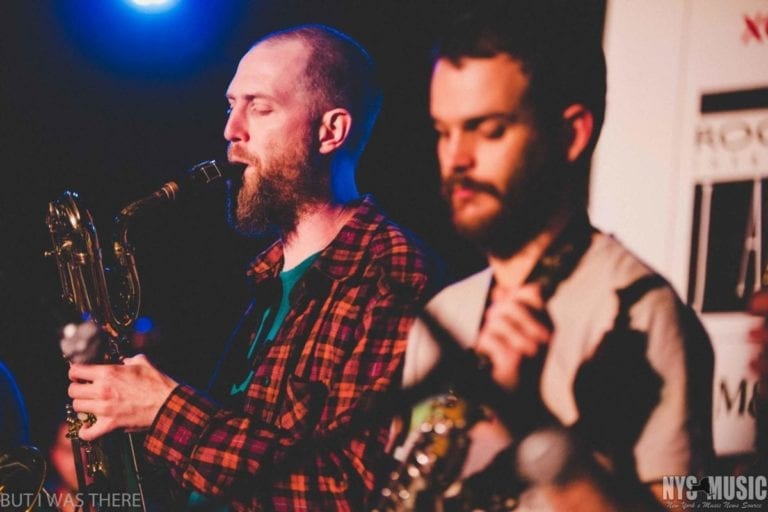
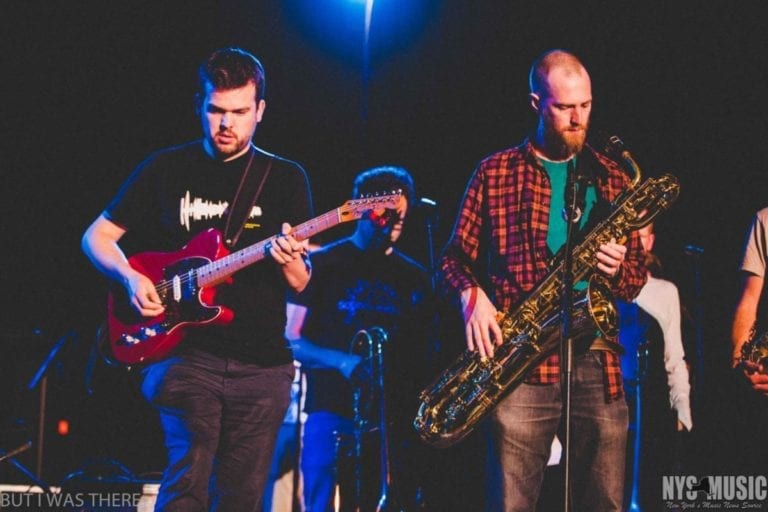
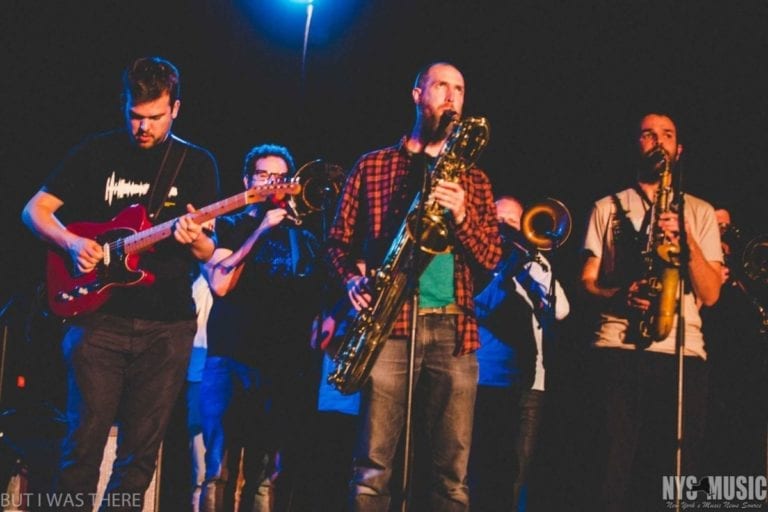
Comments are closed.